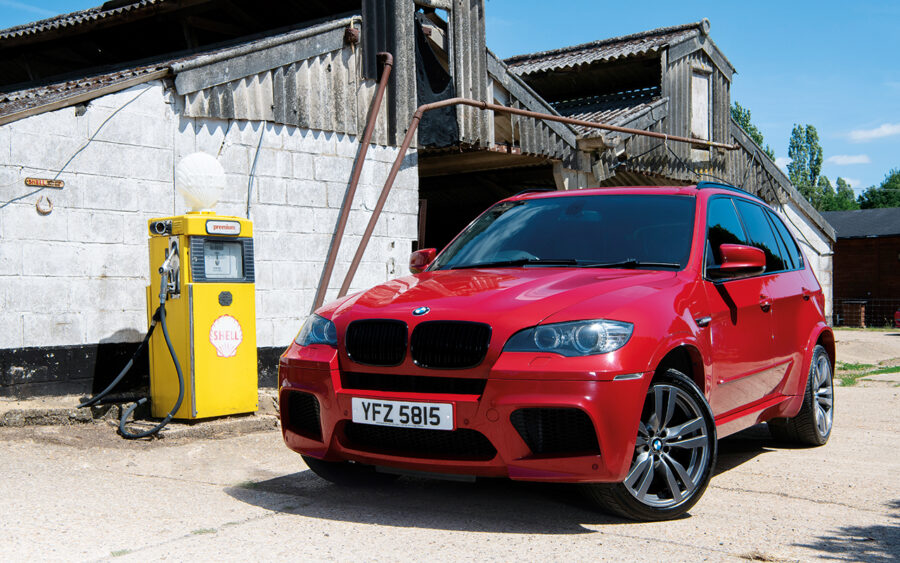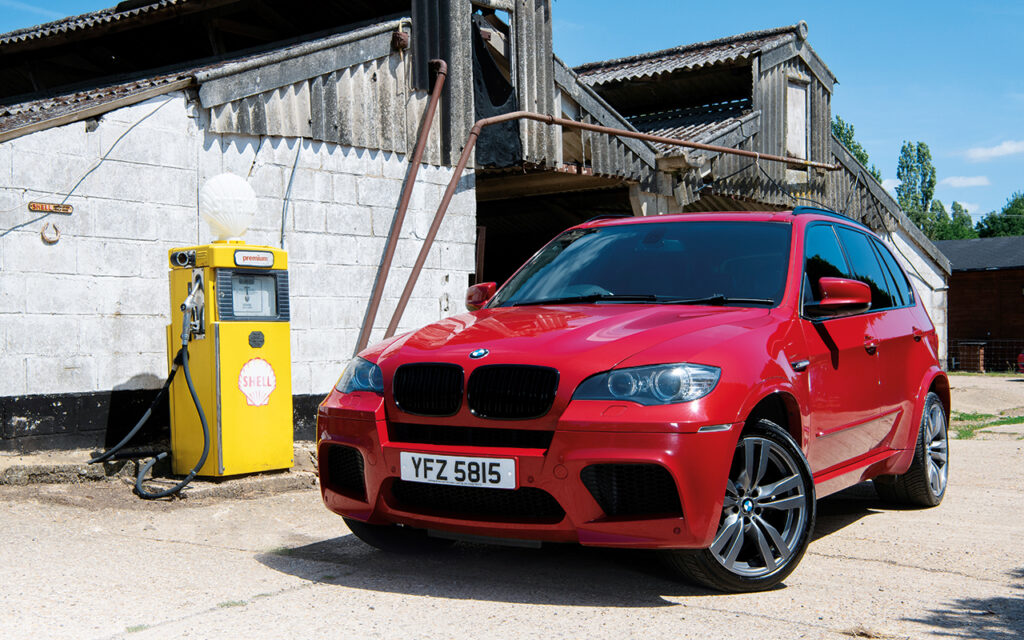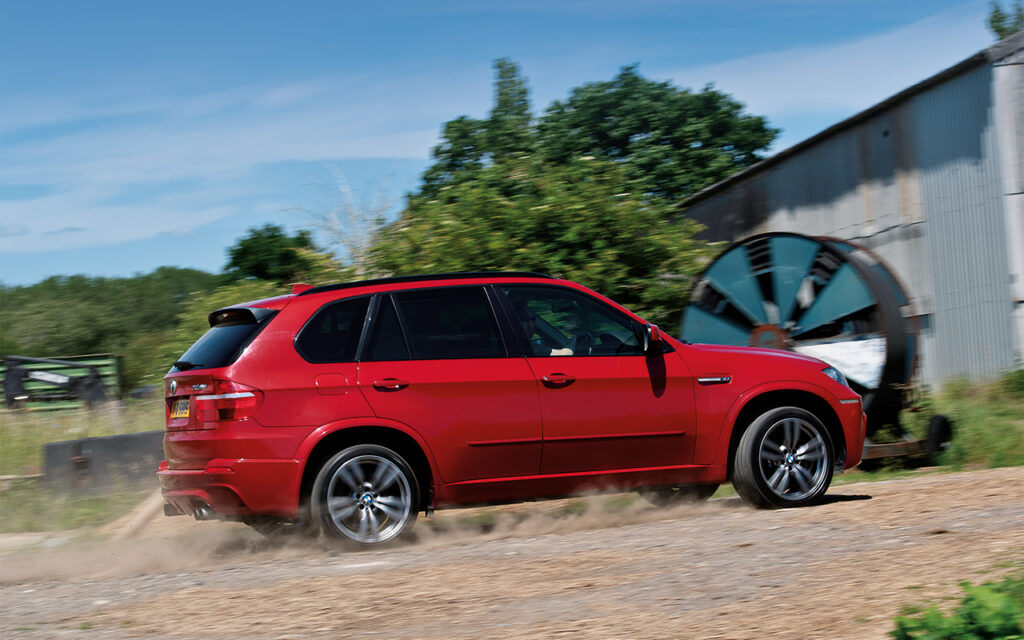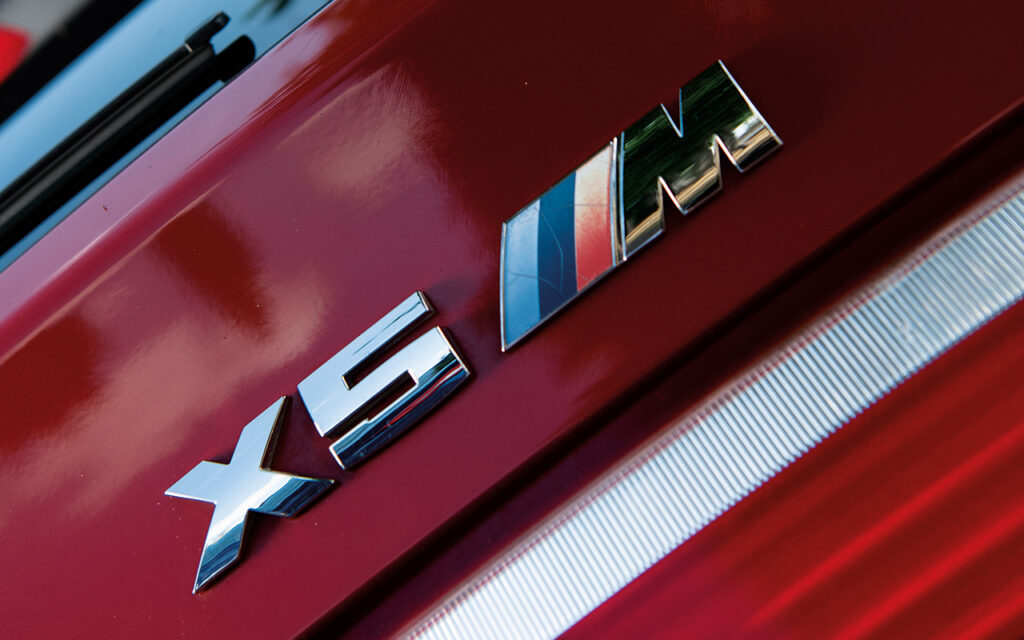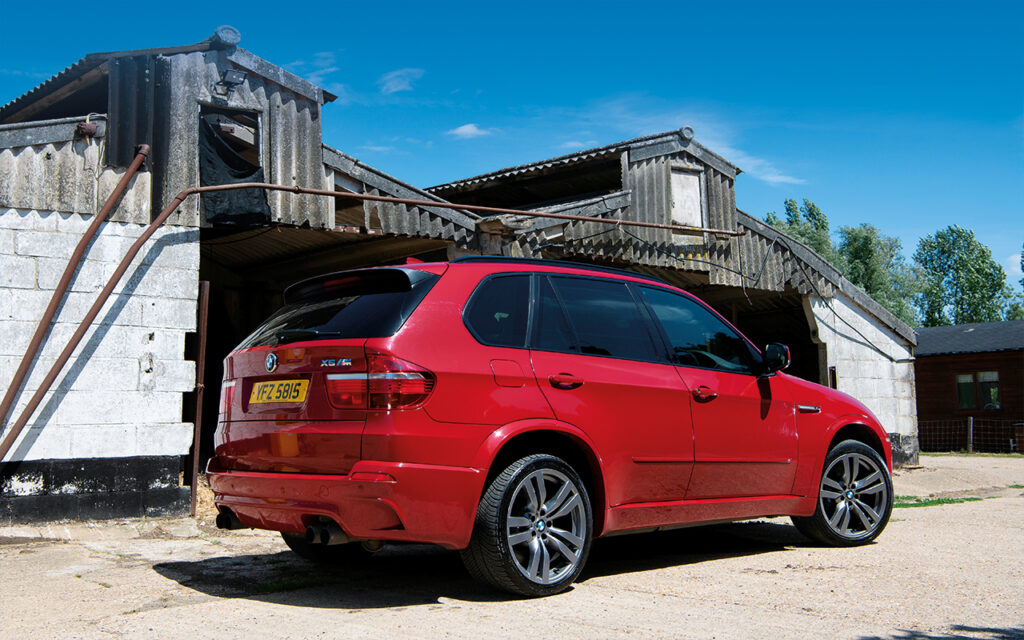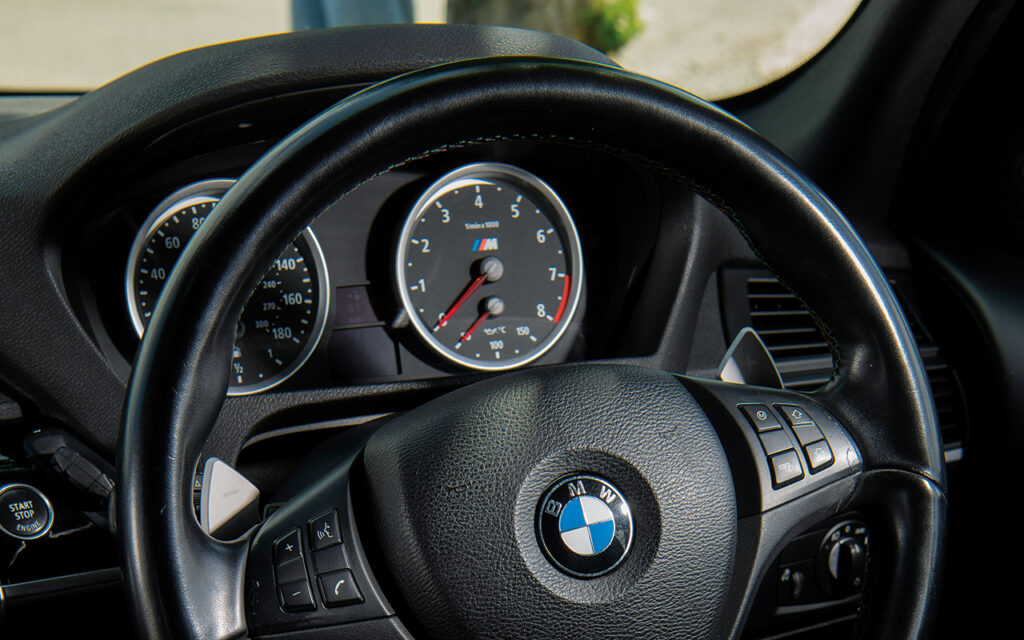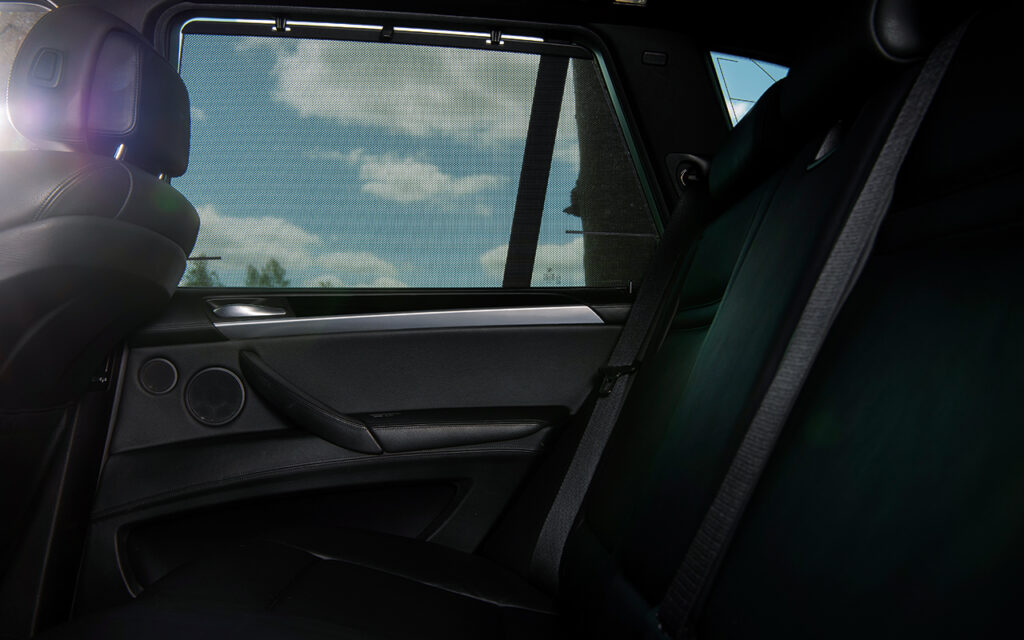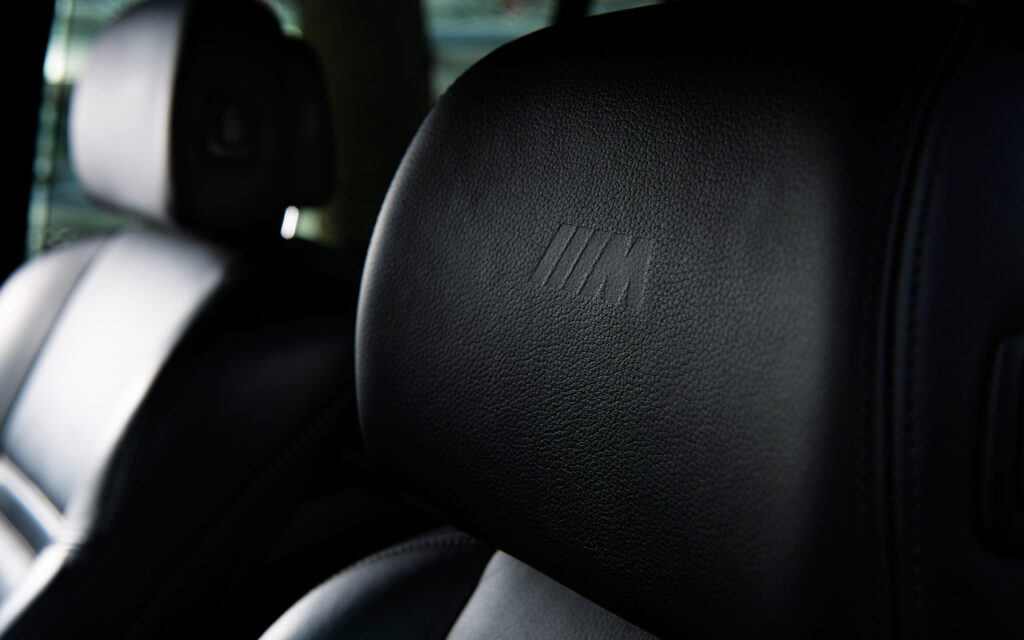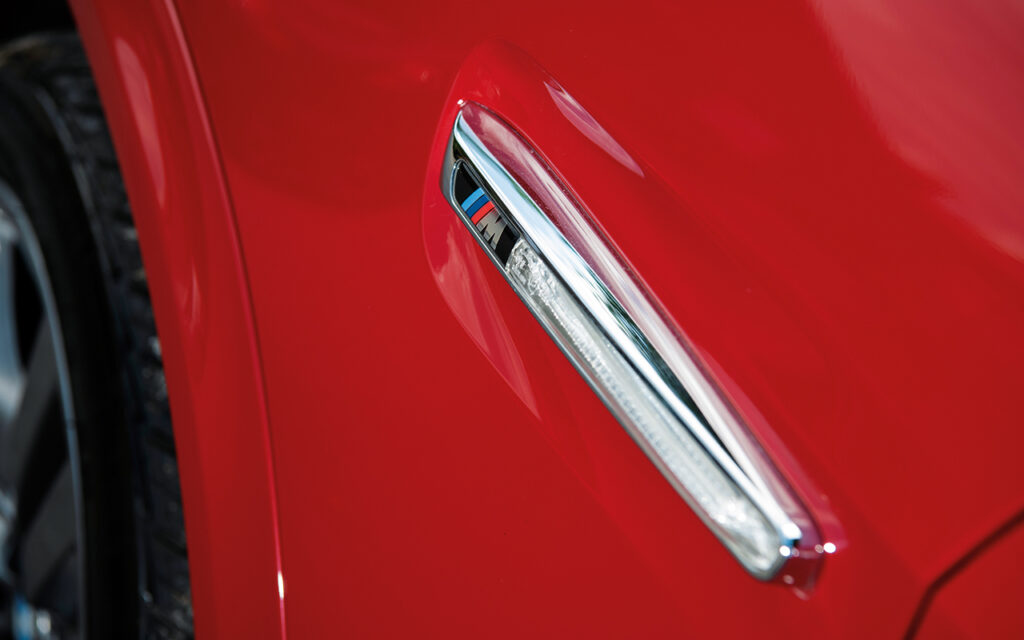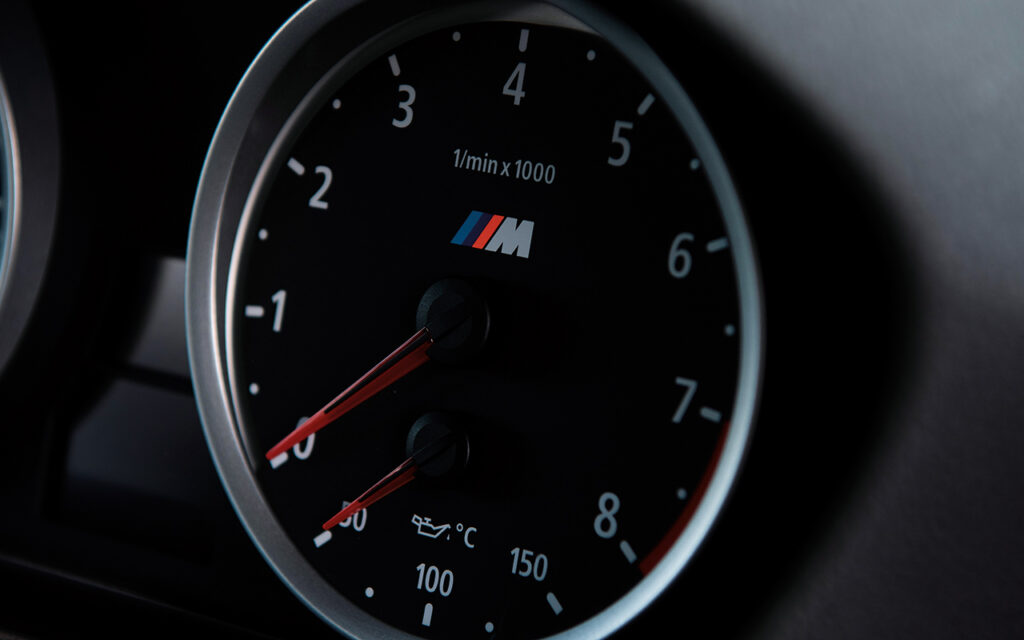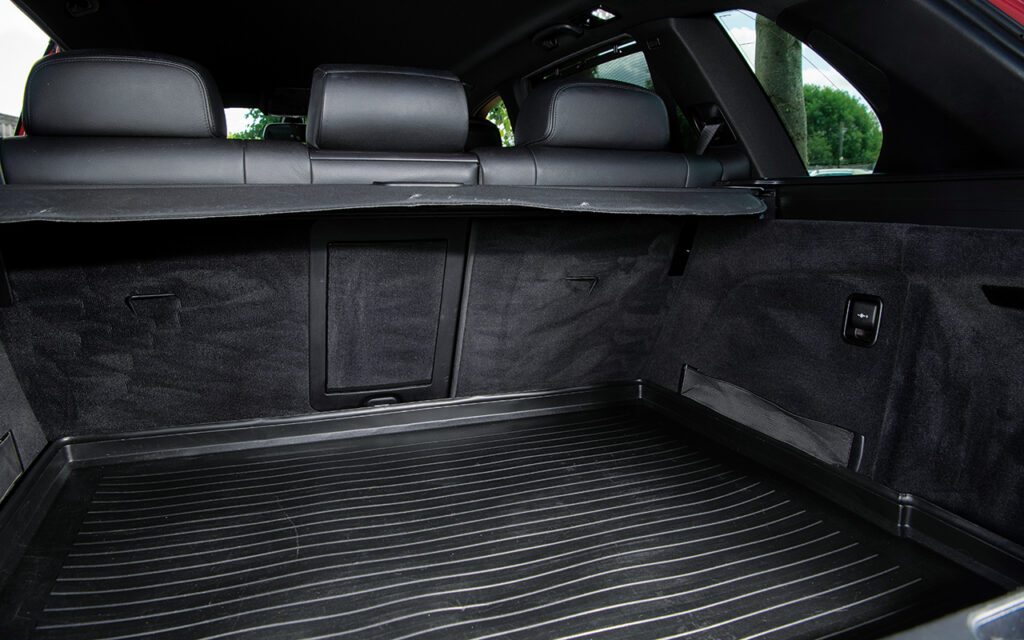BMW’s first M division sports SUV – the 555hp X5 M E70 – is a BMW that can carry the family and offer potent driving thrills
Believe it or not the second-generation X5 – the E70 – went on sale as far back as 2007, with the mid-cycle facelift version arriving just over a decade ago in 2009. Project leader, Albert Bierman, and the rest of his X5 team, had a tough act to follow in redesigning BMW’s original SUV for it proved mighty popular. BMW built 600,000 first generation (E53) versions – as the industry benchmark at the time they sold like proverbial hot cakes. For the follow-up act it made sense to keep as much of the ingredients of the recipe the same, simply upping the quantities slightly.
And that’s what BMW did, enlarging the X5 by adding 187mm to its length and putting particular emphasis on reworking the interior, adding more space and higher levels of comfort – the usual “if it ain’t broke” mantra in many ways. Arguably, this was at the height of the first SUV boom. Every manufacturer of worth was busy producing their own disparate versions; think VW’s Touareg, Audi’s Q5 and Q7, the Porsche Cayenne and the like. Where BMW was clever though was in offering a third row of seats big enough for kids, a move that even today not all prestige vehicle manufacturers have cottoned onto. Their loss remains BMW’s gain for that is something very appealing in this market – ask anyone with two or more kids.
Of the two models initially made available to UK buyers, the 3.0d SE accounted for a staggering 90 percent – yes, ninety percent – of sales. A petrol with sporting intentions would arrive in spring 2007, the 4.8i was priced at £49,945 and could be specified with a wealth of options taking its cost up by around another £10,000. The 4.8i M Sport came in summer 2007 providing a raft of M Sport additions such as 19-inch M light alloys, Sports suspension, M Aerodynamic body styling, Sports seats, high-gloss Shadowline roof rails, and more in return for £53,440 – though later these M Sport options could be specified on lesser models. That was perhaps somewhat confusing, especially for those arriving from a rival brand such as Audi or Porsche where model variants were slightly more clear cut.
In 2009 at the International Auto Shanghai, the mid-life makeover for the E70 X5 was revealed, in came engine revisions and a mildly-tweaked aesthetic. The 48i became the 50i and while it lost 400cc it gained two turbochargers. But, more important than all that, was the arrival of BMW’s first ‘M’ SUV. The X5 M was the range-topping model running a reworked version of that newly-developed xDrive50i’s V8 M TwinPower Turbo technology 4.4-litre V8 engine producing 555hp – with its cross-cylinder bank exhaust manifold and direct injection mechanicals. The model unashamedly gunned directly for the Porsche Cayenne Turbo and it was well equipped to win the battle with thanks to its serious teeth.
BMW M had long threatened to tackle the hot SUV so although never before had the department breathed upon an xDrive model it was not an unexpected move. The X5 M it did not do things by halves – launching in tandem with the more controversial X6 M with which it shared much. Not only were these the first BMW M production vehicles with all-wheel drive, they were also the first BMW M production vehicles with turbochargers. Two pretty key firsts.
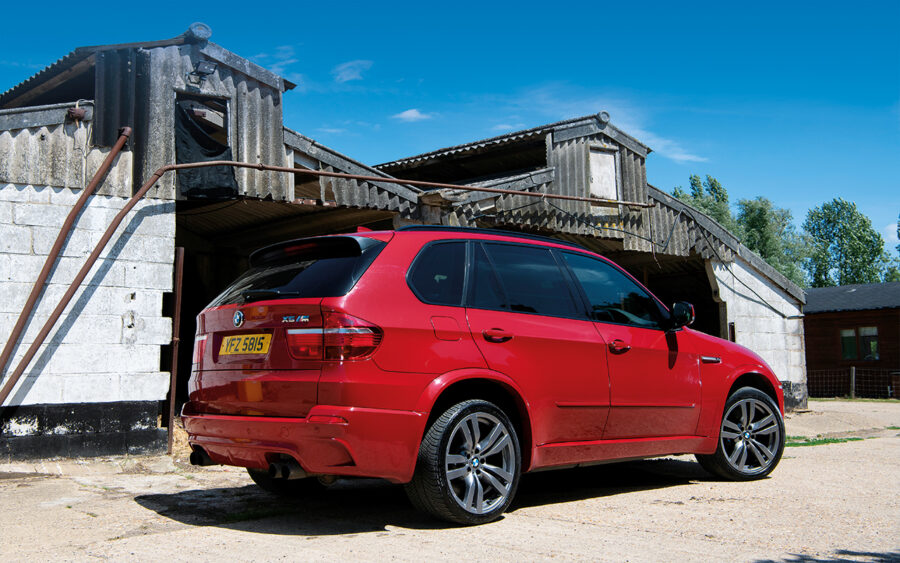
Though the X5 M’s specification was impressive on paper, the more vital stat over sheer power output was that of torque – 502lb ft available from as low down as 1500rpm up to 5650rpm. That assisted a zero to 62mph launch time of 4.7-seconds which for a 2.3 tonne SUV was, put simply, mighty impressive – drivability was to die for. However, in returning an eye-watering 20.3mpg (combined) – there’s a reason we parked it next to a petrol pump for our pictures – and with an asking price of £76,110, this was not the most frugal or cost effective variant of X5 by a long chalk.
It is, however, the model you see here and today it can now be yours for less than £20,000. That makes it worthy of investigation, right? The example here was offered for sale at the time of writing by Williams Group in Kent, finished in Melbourne Red Metallic with full Merino leather – the 2010 machine had driven just 57,000-miles from new and was priced at £17,975.
Jumping inside, the cabin is showing its age in places, certain design aspects are a touch outdated as – it is fair to say – is the case with many SUVs of this era, and I’d go further to say it hasn’t aged as well as an Audi or Porsche from the same period. Sacrilegious text in a BMW magazine, I know. However, it is all very functional and comfortable inside, all the instruments are clear and easy to find – plus it’s generally well appointed and airy, that’s one in the eye of its rivals in part thanks to the nature of the E70’s sizeable glasshouse. As with all SUVs visibility is good (this one has the cleaver top-down view camera making parking a breeze), given how more modern vehicles of this type are now far larger, the X5 no longer feels the gargantuan machine it might once have seemed. This, for example, is no five-metre long X7. But does it feel any more special than a common-or-garden diesel-powered X5? No, not really…
Now, as soon as we get underway the performance on tap here is palpable, that an SUV can accelerate like the E70 X5 M remains, a decade on from its launch, somewhat breath-taking. It is ready to kick-down and perform at the drop of a hat, the torque on offer means it continues to pull as your speed rises and all six gears in the auto ‘box are clicked through apace.
Despite somewhat meaty brakes, stopping does need consideration especially in a slightly older SUV like this when eye-popping ceramic stoppers were not quite as common as they are today.
The same principle and level of thought should be applied to corners. With few exceptions BMWs corner with aplomb but not even the clever bods in Munich can defy the laws of physics. Enter a bend with too much speed in the E70 X5 M and you might not exit it in quite the same shape. Within reason though, taking everything into account – and with a real world view firmly planted on shoulders – the X5 M’s cornering ability is to be credited.
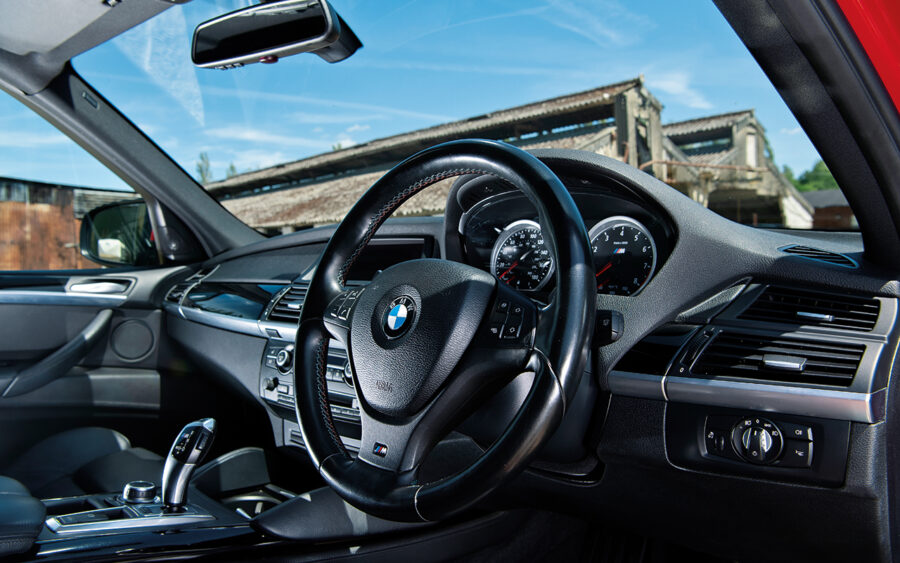
The weighty Servotronic steering system (new for this model at launch) communicates a decent approximation of what the wheels are up to and there’s pretty good feel on turn-in with little in the way of understeer. The xDrive system distributes power to whichever axle requires it and that keeps things nicely in check for the most part. Body roll is always going to be a factor here but it’s kept in line to a reasonable level, enough to assist rapid progress, progress that’s likely to embarrass any self-respecting hot hatch that has mistaken this mighty powerhouse for “just another SUV” to be dispatched as quickly as possible. Undoubtedly you could raise a few eyebrows in this thing if you were so inclined.
The ride is firm, there’s no escaping it, again that’s like quite a few SUVs of this era even when new, and let’s not forget too that this is a 10-year old vehicle now so it’s likely to feature some ageing bushings in places no matter how well it has been cared for during its lifetime. This type of vehicle will probably have seen more kerbs than a street sweeper. In this instance specifically the ride is not assisted by the use of 20-inch rolling stock and the extremely low profile 275/40 tyres wrapped around them at the front (315/35 R20 out back).
The best way to rectify this – as with all cars – is to forgo the looks and fit high-profile rubber wherever possible. More so if you ever plan to use a vehicle like this off-road, or even to bump it up the aforementioned kerbs in an urban environment. Furthermore, there’s the odd bit of tram-lining here and there, again often caused by tyre profile, uneven backroads might need to be taken without deploying all of the available performance for fear of unwelcome vertical and occasional lateral movement causing sickness in driver and passengers alike.
At our photoshoot location I have time to drink-in the aesthetics of the E70 and I have to say the exterior has, to my eye, aged relatively well. The addition of the M styling cues and its natural, muscular lines, serve it well. Most SUVs of its generation were pretty curvy, as a result they’ve not dated particular well as the industry has moved back to more squared-off, aggressive lines in modern times – that’s not so much of an issue here and that’s served to keep the E70 looking rather fresh today.
As mentioned, once a £70,000 vehicle it can now be yours for less than £20k, and if you can find one with as low a mileage as the example we’re testing here then that starts to look like tremendous value. That’s if, of course, you can stomach the running costs – the reason why such models tend to have low mileages is that they are not the vehicles you choose for swallowing massive motorway distances, let’s be honest.
While it might have aged somewhat in certain places the E70 X5 M’s performance is certainly not of the old guard. There’s an argument that no SUV should wear an M badge, and while I do appreciate that this vehicle will never have the driving dynamics or speed of an M3, it does things that few traditional M cars could. While some M machines can, like this X5, swallow five adults I’d argue that few could do it in such comfort, even less could take their luggage with such ease too.
And then there’s this. In a world where bigger has – perhaps sadly – become better, driving an SUV is for some less about practically and more about not being dwarfed on the road by an increasingly wide, increasingly menacing, number of road-hogging vehicles with which we in the UK are forced to share space. Were one in the market for a capable BMW SUV with presence and performance as close to that of a traditional M car as possible, then the X5 M makes sense on a number of levels. Does it deserve its full fat M badge? The jury is still out.

